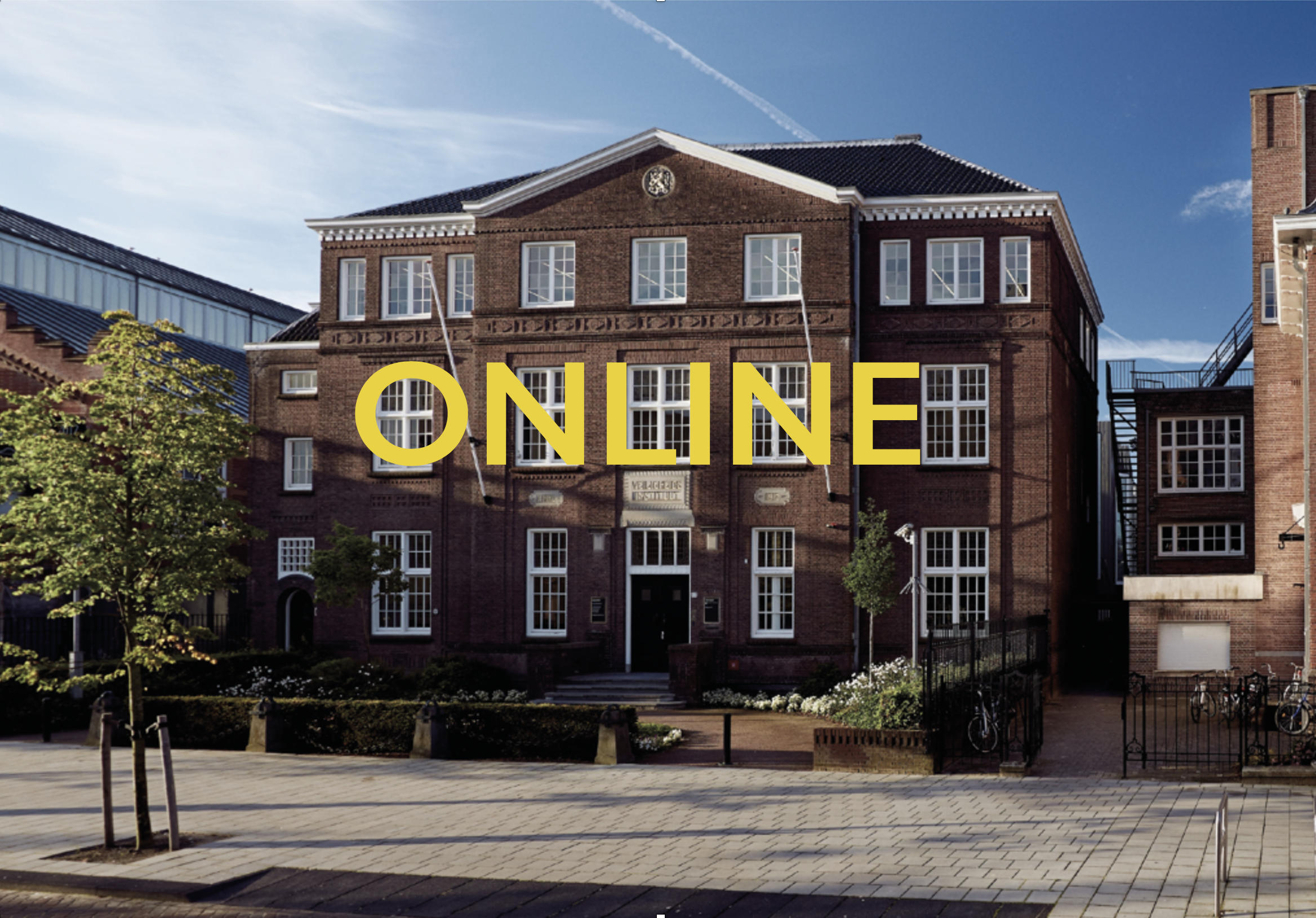

We are pleased to announce a new, online edition of the NICAS colloquium on Thursday 24 October 2024 from 12.00 to 13.00 hrs. The colloquium will take place online through Microsoft Teams. Throughout the year, NICAS organises a bi-weekly Colloquium consisting of two short research lectures. It provides researchers with the opportunity to present ideas for, updates on or results of their activities. The NICAS Colloquium allows people to stay informed on a regular basis about the latest developments and results of research and to exchange information and expertise.
The chair of this colloquium is Luís Manuel de Almeida Nieto (Delft University of Technology).
The Presenters are:
► Edith Sandström – The potential of fast mass microscopy (FMM) imaging in cultural heritage research
Abstract:
Mass spectrometry imaging (MSI) is an analytical technique with increasing application in the field of cultural heritage. Most MSI analyses are conducted in the so-called microprobe mode, where a mass spectrum is collected for each pixel to create a mass image. This puts a practical limit on the spatial resolution used or possible sample area investigated, as doubling either of those parameters results in a quadrupling in analysis time. In contrast to microprobe mode, fast mass microscopy (FMM) is a recently developed microscope mode MSI technique, which decouples pixel size from scan rate, enabling much faster imaging at high spatial resolution. Recent improvements have made it possible to analyse an area equivalent to the unfrosted area of a microscope slide (42.5 × 26 mm2) at 1 µm in just below 4.5 min. In comparison, this same analysis would take almost 128 days of active analysis for microprobe mode MSI techniques. These characteristics of FMM analysis means that the molecular information of entire small objects, such as jewellery pieces or miniatures, could in the future be collected in a fraction of the time compared to other MSI techniques, aiding our global understanding of these objects, and directing further research.
Bio:
Edith Sandström obtained her PhD in 2023 at the University of Edinburgh, working with National Museums Scotland. Her work focused on the development of less to non-invasive chromatographic and mass spectrometric methods for the analysis of historical dyestuffs. This included the introduction of a small-scale sample preparation workflow for chromatographic investigations, and the building and application of a DESI source for mass spectrometry analysis of historical textiles. Currently, she is a postdoctoral researcher at M4i, Maastricht University, working on developing advanced mass spectrometric imaging techniques, including fast mass microscopy, for application in fields ranging from biomedical to heritage science.
► Caroline Bouvier – Tackling analytical limitations to enable routine ToF-SIMS imaging of heritage materials
Abstract:
Heterogeneous organic-inorganic microstructures in heritage materials can be investigated with mass spectrometry imaging techniques, such as Time-of-Flight Secondary Ion Mass Spectrometry (ToF-SIMS). Its asset is the simultaneous sub-micrometer mapping of both organic and mineral materials on a micro-sample. Past studies highlighted its potential and limiting factors. The SCIMITAR project combines a well-documented set of reference materials from several partners with the opportunity to dedicate time to exploring the instrument’s capabilities. Example of improvements of the technique’s suitability for heritage research questions include reducing signal distortions observed on insulating samples with cost-effective solutions, enabling optimized analysis of resin-embedded sample. It also consists in fostering data processing by sharing all new marker ions identified during the project in an open access peer reviewed database, to allow for unambiguous identification of given compounds.
Bio:
Caroline Bouvier obtained her PhD in 2022 at Sorbonne University on the application of ToF-SIMS imaging to heritage samples and the construction of a spectral database of pigments and binders. She then joined the scientific laboratory of the Bibliothèque nationale de France to work on the collaborative project ESPyON focusing on elastomers identification in collections. At the end of 2023, she joined M4i at Maastricht University as a postdoctoral fellow to work on the SCIMITAR project which aims to improve ToF-SIMS imaging’s capabilities for the identification of organic materials, specifically proteins, and to foster its accessibility for heritage research.